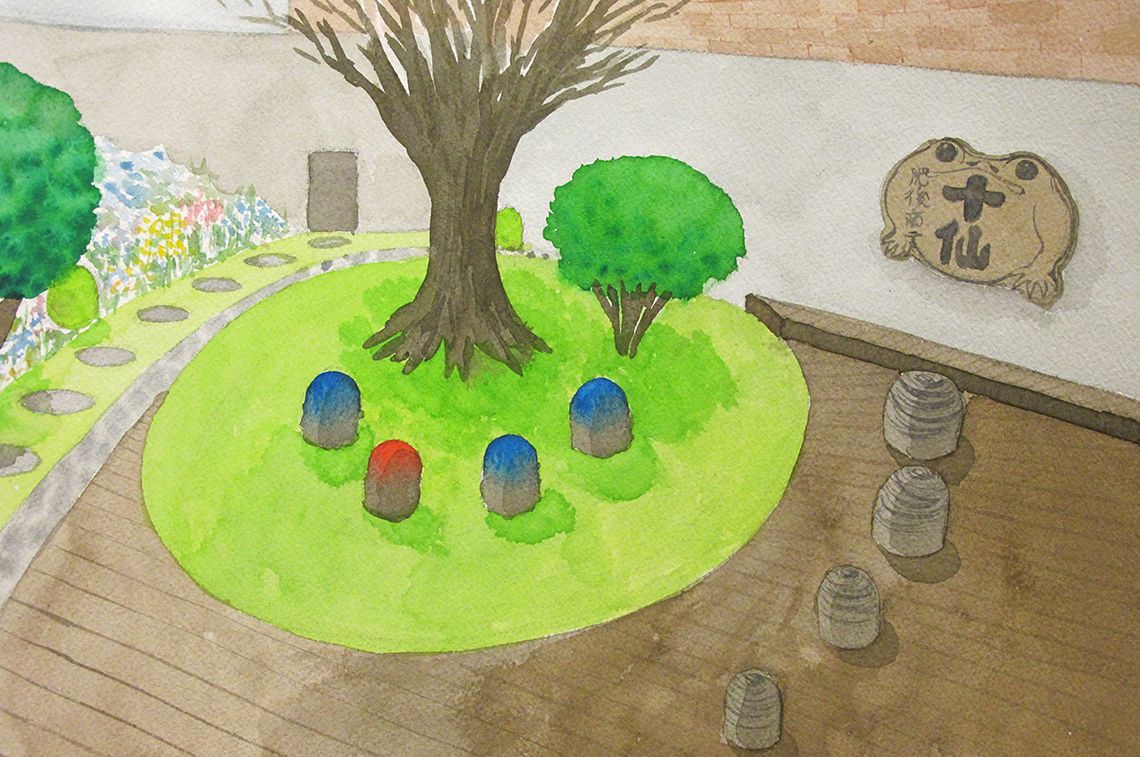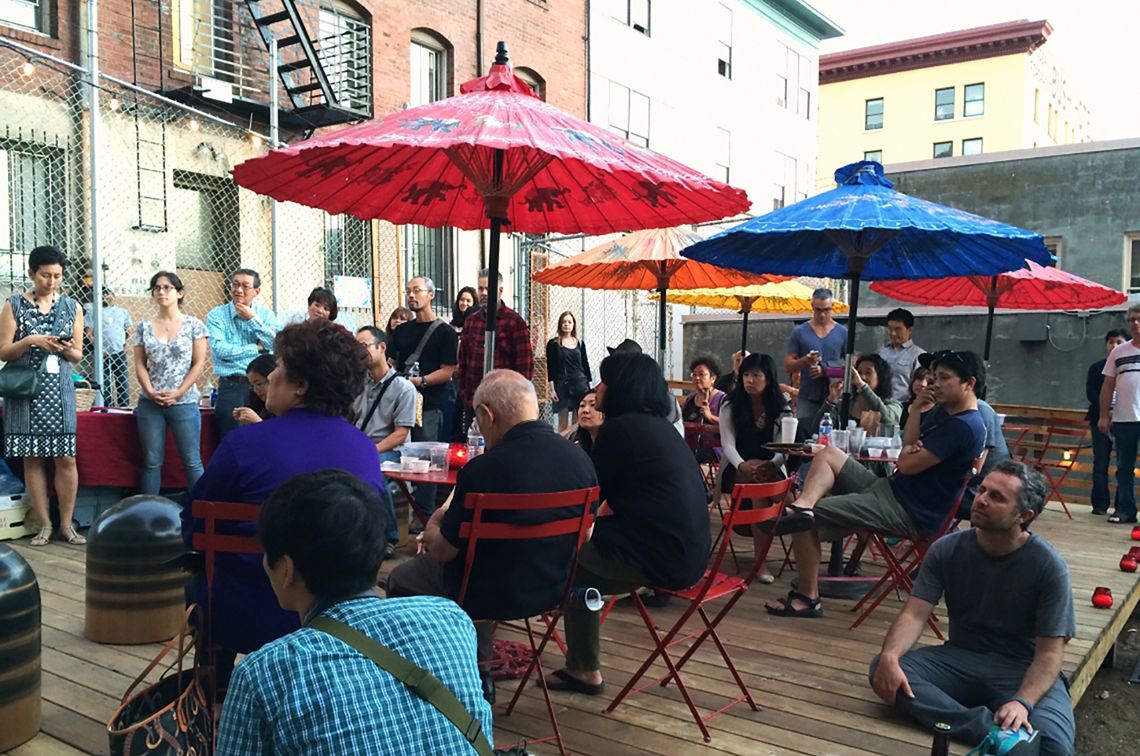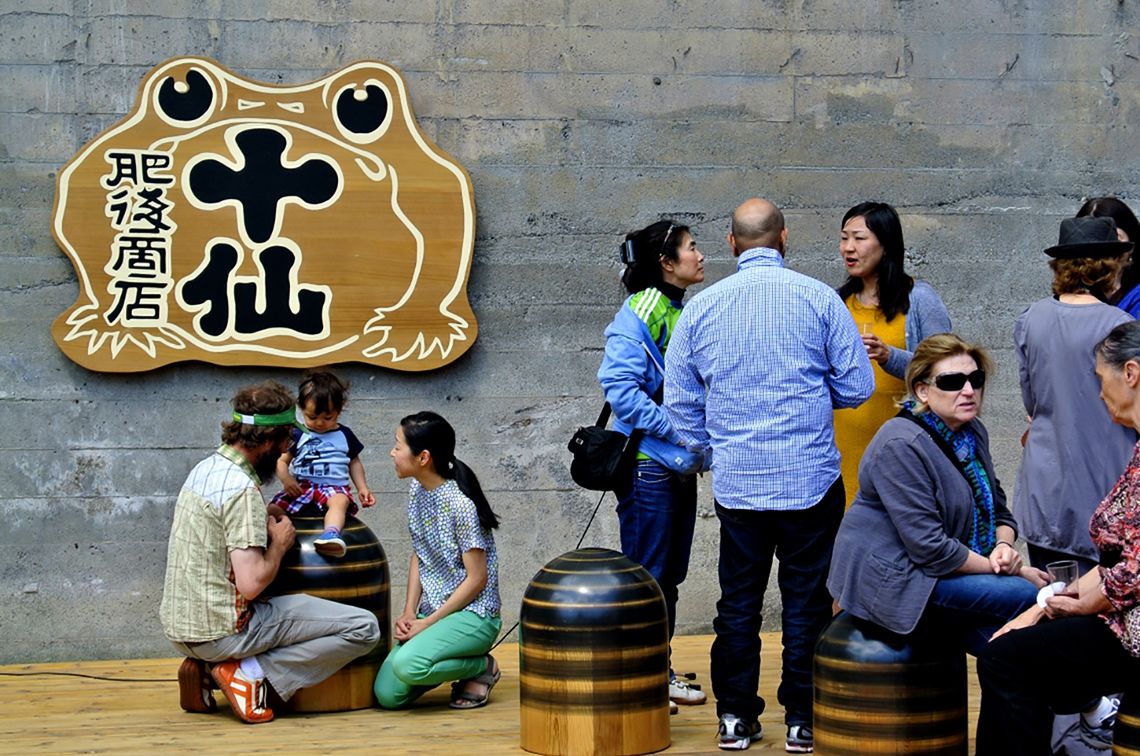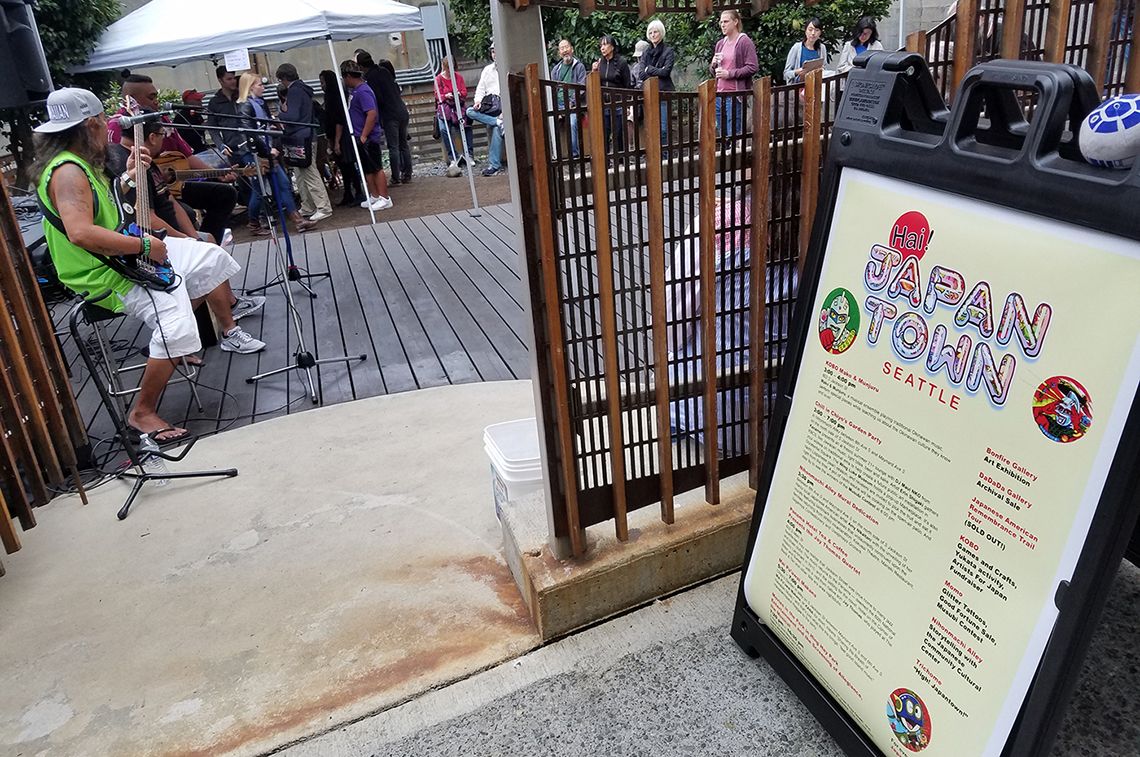10 SECTORS
10 SOLUTIONS
Artists and Community Change
IMMIGRATION
The IMMIGRATION community development sector is comprised of individuals, organizations, and policymakers who are working to provide social services and advocate for policies that support the integration of immigrants and refugees into communities across the U.S. Despite current polarization and mercurial policies at the federal level surrounding issues of border infrastructure and security enforcement, the immigration sector is seeing a rise in creative, community-level efforts to engage long-time residents—including those most susceptible to cultural anxiety—in building trust and working with nonprofits and local governments to weave new Americans into the social, economic, and civic fabric of communities.
PROJECT NAME
CHIYO’S GARDEN
ORGANIZER NAME
WING LUKE MUSEUM OF THE ASIAN PACIFIC AMERICAN EXPERIENCE
LOCATION
SEATTLE, WA
GEOGRAPHICAL CONTEXT
URBAN
ARTISTIC DISCIPLINES
DESIGN & ARCHITECTURE, FOLK & TRADITIONAL ARTS, VISUAL ARTS
WEBSITE
WINGLUKE.ORG
In 1932, Japanese immigrant Sanzo Murakami built a two-story building on South Jackson Street in Seattle’s Nihonmachi (Japantown). His Higo 10 Cents Store occupied the first floor, while he resided upstairs with his wife Matsuyo and their four children. During World War II, the Murakamis were forcibly removed from their home and incarcerated in Idaho’s Minidoka concentration camp. A few years before they were imprisoned, Matsuyo and Sanzo’s 22-year-old daughter Chiyo lost her life to tuberculosis in the upper floor of the Jackson building. Over 70 years later, Seattle’s Wing Luke Museum of the Asian Pacific American Experience partnered with the Murakami family, Japantown businesses, and local artists to turn a plot of land behind the building into Chiyo’s Garden: a welcoming public space that commemorates her and all children who grow up in the neighborhood. The garden’s Nihonmachi Fence shows the growth, decline, and rebirth of Seattle’s Japanese American population, its slats representing years in the life of the community. Chiyo’s Garden has become a social hub for the area, and a destination on The Wing’s walking tours. Visitors are invited to reflect on both historic Nihonmachi as a whole and on the personal stories—like Chiyo’s—behind it.
10 SECTORS 10 SOLUTIONS:
Artists and Community Change




